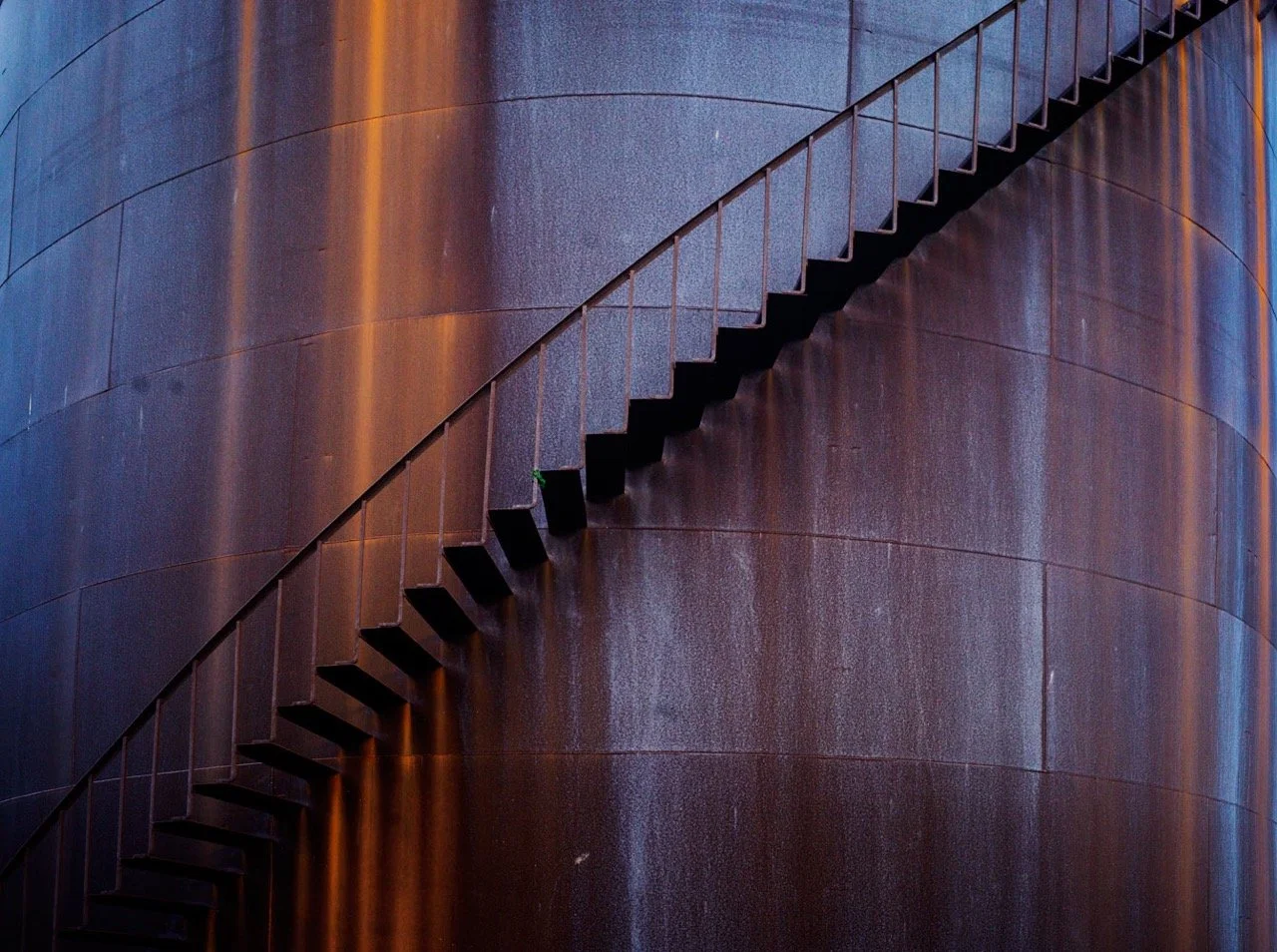MISSION | U(R)TOPIAS ACADEMY OF CHOREOGRAPHY
-
MISSION | U(R)TOPIAS ACADEMY OF CHOREOGRAPHY -
MISSION OF THE ACADEMY
U(R)TOPIAS Academy of Choreography is an artistic and educational project, that aims to shape the artistic approaches of emerging creators, who wish to develop their skills in choreographic composition. The main goals of the project are:
To invest in the new generation of artists
To focus on the diversity and personality of each artist
To initiate an artistic dialogue that creates choices during a creative process
To create a model of creative workshops that opens new horizons for participants without losing their personality and uniqueness.
To give space to research and experimentation with artistic tools
To collaborate with young people who will be the "strong voices" in dance in the future
To promote Eleusis as a meeting point for young emerging choreographers and networking with European and other organizations active in contemporary dance
To initiate an artistic dialogue between choreographers and the local community, creating site-specific works inspired by the city itself and the needs of its inhabitants
The Moving Europe program of Eleusis 2023 focuses on young people and dance, creating a dialogue between Greek and foreign artists. The aim of the program, in collaboration with Aerites, is to create a distinctive activity in the field of dance, promoting a sector of the art of dance that is undeveloped in Greece, to support the creation of young and emerging choreographers and to cultivate a new audience for dance, with a focus on the city of Eleusis.
MODULES
In the U(R)TOPIAS Academy of Choreography we focus on 6 modules, through which we exchange information, research and experiment, for discovering new routes, new courses and new places. Those modules alternate among each other, in order for all, both the participants of the first and second year, to have the opportunity to get an essential and fertile part of the information that will allow them to utilise it on their own way in the future.
-
The body becomes the tool of production and creation knowledge. Through different processes and requests, we discover ways, dynamics and levers that are originated from the human body and reveal kinetic codes that perhaps we have not explored yet. We also focus on the research of familiar movement, on our kinetic habits and mechanisms, on the unique and personal methodology of each artist. At the same time, we focalise on the numerous pedestrian movements from which we can draw our kinetic vocabulary, and at the same time on every kind of movement that may be unfamiliar, “other”, different. How my movement is affected by the conditions that I live, my experiences, my social environment, the reactions of others?
-
In this module, our goal is to investigate our artistic tools, in combination with and independently from the movement, so that we broaden our artistic horizons and imagine our places more integrated. We come into contact with artists and theorists from different expertise in order to collect and accumulate information and at the same time share experience and personal methodology. Indicatively: Dancers / Choreographers / Directors / Cinematographers / Musicians / Light Designers / Dramaturges / Set Designers / Costume Designers / Visual Artists / Theorists of Dance / Theorists of Art etc.
-
In this module, we are concerned with the concept of composition and choreographic practice. How do we assemble all the research materials? How do we transform an exercise into composition? Is there right and wrong? How choreography is born and what are the tools that will help me to put together the pieces of my own puzzle? To create my own worlds and to narrate my own stories? We explore the relationship between idea, thematic and choreography. How does the dramaturgy help in the creation of a new piece? How important is it? How are those ideas and theoretical research connected with the action? Which is the “body” of dance? How are theme, theory and narrative developed? Is there any way to “read” dance?
-
In this module, we come into contact with historical and contemporary contexts in art, aesthetic language, society and politics. Which are the changes in trends, rules and aesthetics depending on each era? What need does it serve? We study the historical context, movements, initiatives, pioneers and art as a tool of assertion, resistance and pressure. Dance becomes the “voice” that can change the world. What is the effect that can have on society? How is it powered by sociopolitical conditions? And what are the results or the changes that can bring?
-
In this module, we deal with the different production levels of an artwork, from the artistic proposal and the budget, to residencies, coproductions, touring and management or mentoring of artists in relation with the delegation and the potential collaborations with dance centres, festivals, theatres and organisations from Greece and abroad. How an idea starts from zero and ends up to a performance? What are the production stages of a new piece?
-
Each artist works on their own choreographic idea, for which makes research simultaneously with the other requests throughout the year for creating their new choreography. Those artworks are presented in the form of Open Sharing in the venues of the Academy with the presence of an audience, artists and professionals from the field. Each sharing is accompanied by feedback and discussion. The final artworks of the participants of the 2nd year are presented as a site-specific performance in the city of Eleusis.







